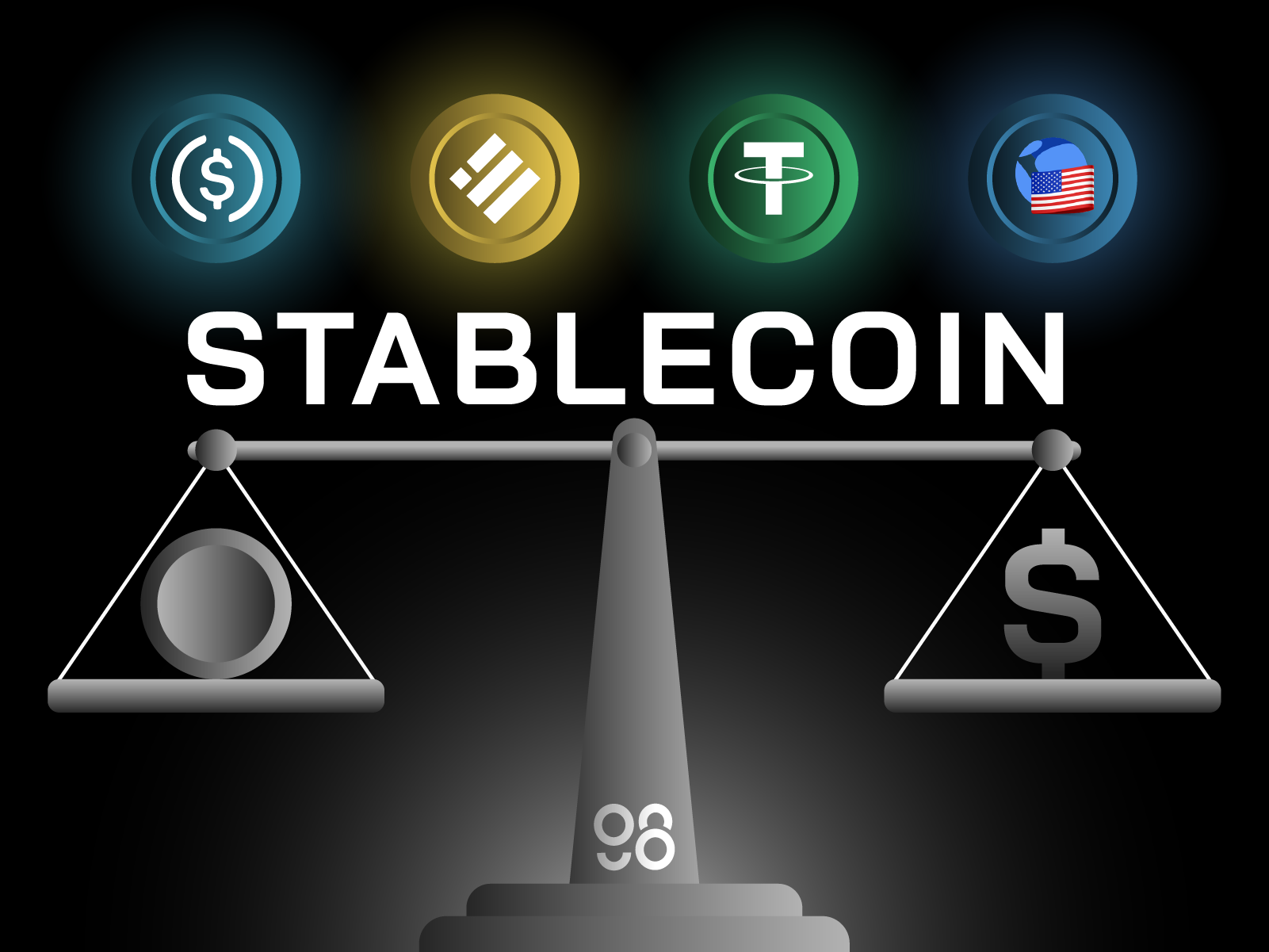The rise of stablecoins marks a pivotal moment for institutional investment in cryptocurrency.
Stablecoins have surged on Ethereum and Tron, with record profits from Tether and Circle. This growth, coupled with favorable regulatory changes, signals a shift towards more institutional investment in the crypto market.

In the last month, stablecoins have gained significant attention in the cryptocurrency world. From Solana’s record-breaking stablecoin supply to new legislation in both the U.S. House of Representatives and Senate that offers clearer regulations for the industry, stablecoins are becoming a focal point.
An analysis from Lookonchain, an AI-powered platform that tracks blockchain data, revealed a $4.5 billion surge in stablecoin activity on the Ethereum and Tron blockchains, marking a significant shift in market trends. Much of the activity was driven by USD₮ and USDC. Tether recently reported a record $13 billion profit for 2024, while Circle Internet Group announced a 78% growth in USDC, outpacing its competitors. USD₮ now has a market cap of about $142 billion, while USDC follows with around $56 billion.
This week’s increase in stablecoin supply on Ethereum and Tron has been accompanied by rising trading volumes and liquidity, signaling stronger market sentiment and growing investor confidence. On Ethereum, ETH/USDT trading volume surged by 16%, while on Tron, TRX/USDT volume rose by 13.4%.
CCData’s January report on Stablecoins & CBDC noted that the stablecoin market cap grew by 5.68% in January, marking its sixteenth consecutive monthly increase. This growth suggests that institutional investors could be drawn to the market as deeper liquidity supports larger trades. The recent surge represents a more than 300% increase in weekly activity compared to last year, with combined weekly stablecoin supply on both networks growing by $1.16 billion.
Stablecoins and Institutional Investment
The rise in stablecoin supply across different blockchains has broad implications for cryptocurrency trading. Increased stablecoin liquidity enhances efficiency by reducing slippage, especially in large trades, making the market more attractive to institutional investors. Stablecoins, with their price stability, offer a solution to mitigate volatility often seen with other cryptocurrencies. Paradoxically, as the stablecoin market cap expands, volatility in major cryptocurrencies has decreased, resulting in a more stable trading environment.
The increase in stablecoin issuance also coincides with a shift in the regulatory landscape. Recent policy changes in the U.S., including legislative proposals from both the Senate and House of Representatives, indicate a more favorable environment for cryptocurrency projects. Last week, Senator Bill Hagerty introduced the GENIUS Act, while the House proposed the STABLE Act of 2025 to regulate dollar-backed stablecoin issuance.
Ethereum and Tron’s Role
While Ethereum is well-known in the mainstream, Tron may be less recognized by casual market observers. Much has been written about Ethereum’s robust DeFi ecosystem and smart contract capabilities. The second-largest cryptocurrency by market cap, Ethereum, provides stablecoin issuers with access to a wide range of decentralized applications and liquidity pools.
Tron (TRX), on the other hand, is the 10th largest cryptocurrency with a $21 billion market cap. Originally built on Ethereum before it migrated to its own blockchain, Tron emphasizes its high throughput (2,000 transactions/second), scalability, and low transaction fees (as low as $0.000005) to cater to a variety of use cases. TRX is widely used in play-to-earn games, content distribution, and DeFi.
Perhaps the biggest distinction to note is that Tron runs a delegate proof-of-stake (DPoS) consensus mechanism. Proponents of DPoS argue that allowing network users to vote for delegates as validators enables the selection based on reputation, rather than overall wealth.
Looking Ahead
The recent surge in stablecoin issuance on Ethereum and Tron is likely a continuation of sustained activity in the cryptocurrency market. As stablecoins continue to gain traction, their role in facilitating trading, reducing volatility, and enhancing market confidence will become increasingly important.
The growth and profitability of incumbents like USD₮ and USDC underscore the increasing stakes that have fueled the boom in stablecoin projects over the past year. Emerging blockchains like Solana and Avalanche are also positioning themselves to capture a share of this growing market, further diversifying the stablecoin landscape.
The surge in stablecoin issuance on Ethereum and Tron over the past two weeks marks a rubicon in the evolution of the cryptocurrency market. Increased stablecoin liquidity on a variety of chains is symbolic of the increased liquidity, reduced volatility, and growing market confidence that could signal the beginning of accelerated institutional investment in the digital asset space.
What's Your Reaction?

















